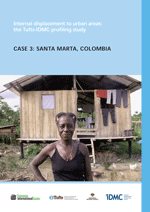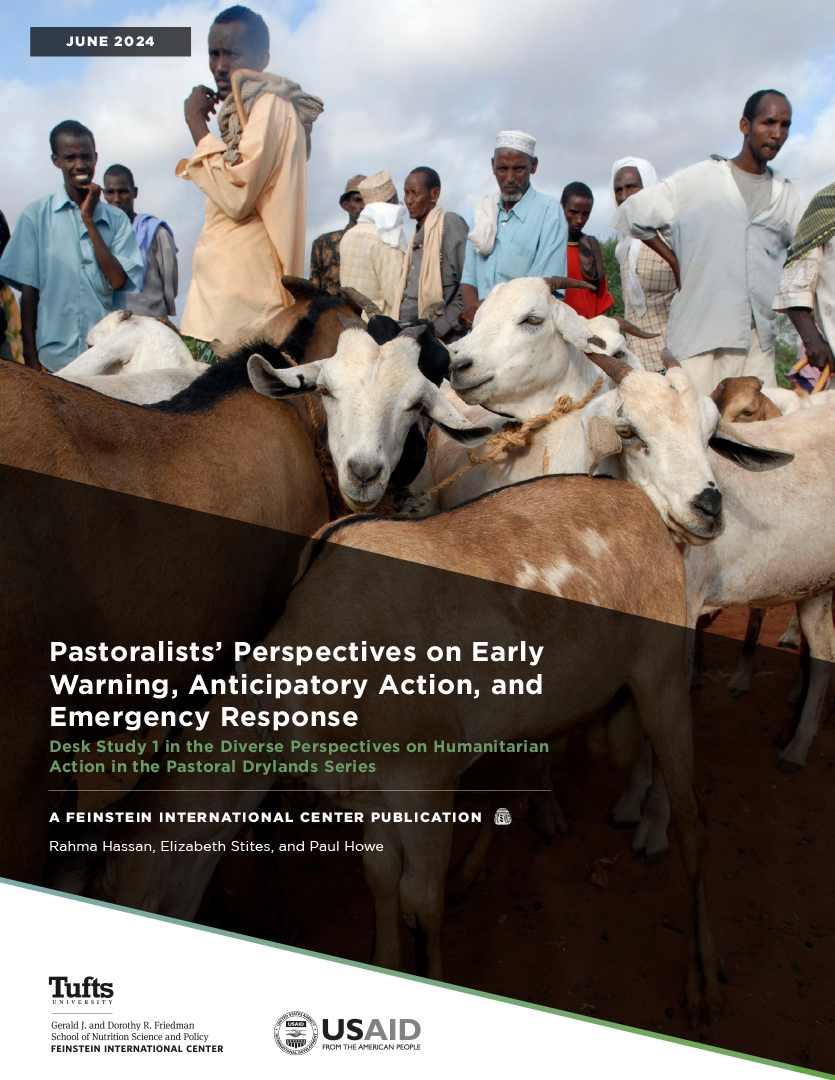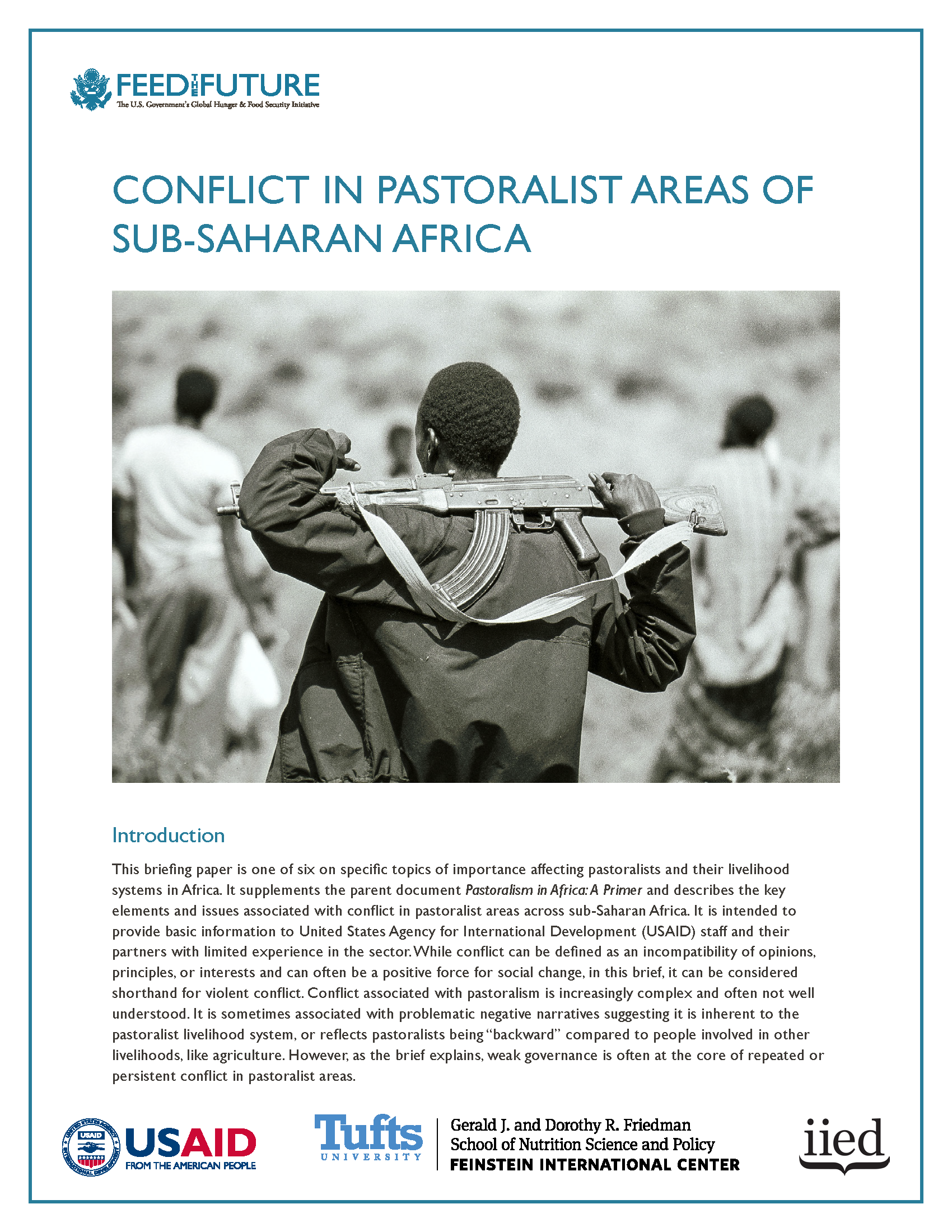For more than 40 years, Colombians have been subject to chronic violence perpetrated by left-wing guerillas, paramilitaries, government forces, and drug cartels. In the past 20 years, an estimated four million people have been forced to leave their homes. Generally, the pattern of displacement has been within rural areas or to small administrative centers or larger cities. More recently, this pattern has changed, with displacement occurring within city limits or between city centers. This new pattern of intra-urban displacement has been notable since the conflict began to become ‘urbanized’ (primarily in Medellin and Bogota) from around 2000, leading to new forms of conflict and social tension in urban areas.
Magdalena Department in the north of Colombia has experienced one of the highest rates of internal displacement. From 1996 to 2004, Magdalena was the site of a major paramilitary campaign against the guerrilla groups (primarily the Revolutionary Armed Forced of Colombia or FARC). The targeting of civilians was part of the strategies of both guerillas and paramilitaries and large numbers were displaced to rural and urban areas, including Santa Marta, the capital of Magdalena, and the site for this study. After the paramilitary demobilization program was implemented in 2006, Santa Marta became the center of violent power struggles between demobilized paramilitaries, politicians and drug traffickers. Organized crime and gang-related violence increased, leading to new waves of intra-urban displacement, as well as new insecurity for the internally displaced persons (IDPs) and urban poor.
This report is part of a study that took place from 2006-2008 in three urban locations. Surveys were conducted in each city in collaboration with Internal Displacement Monitoring Centre, Geneva.
- The Khartoum, Sudan case study is available here.
- The Abidjan, Côte d’Ivoire case study is available here.
- Information on the methodology is here.
- Download the Methods Annex.







